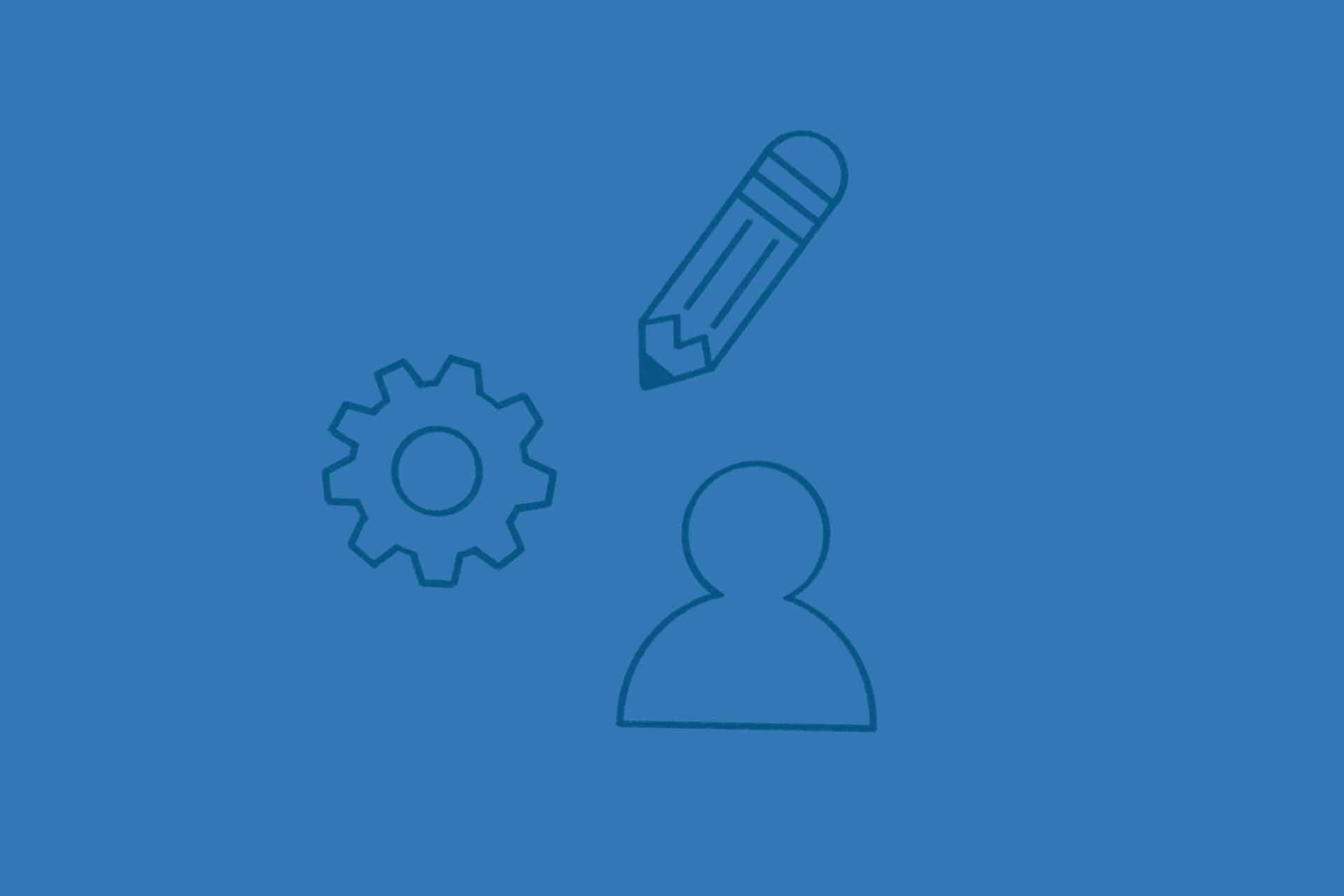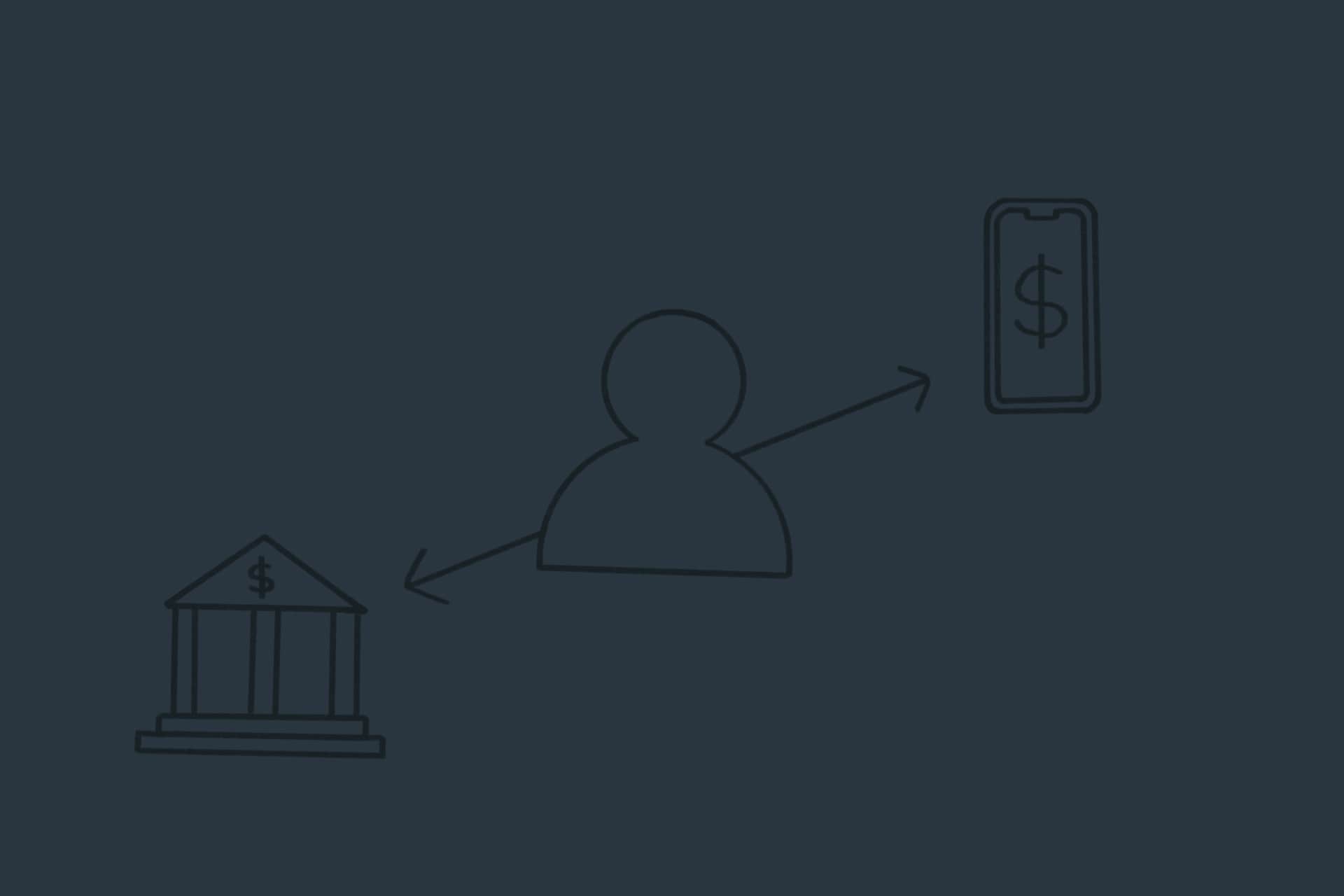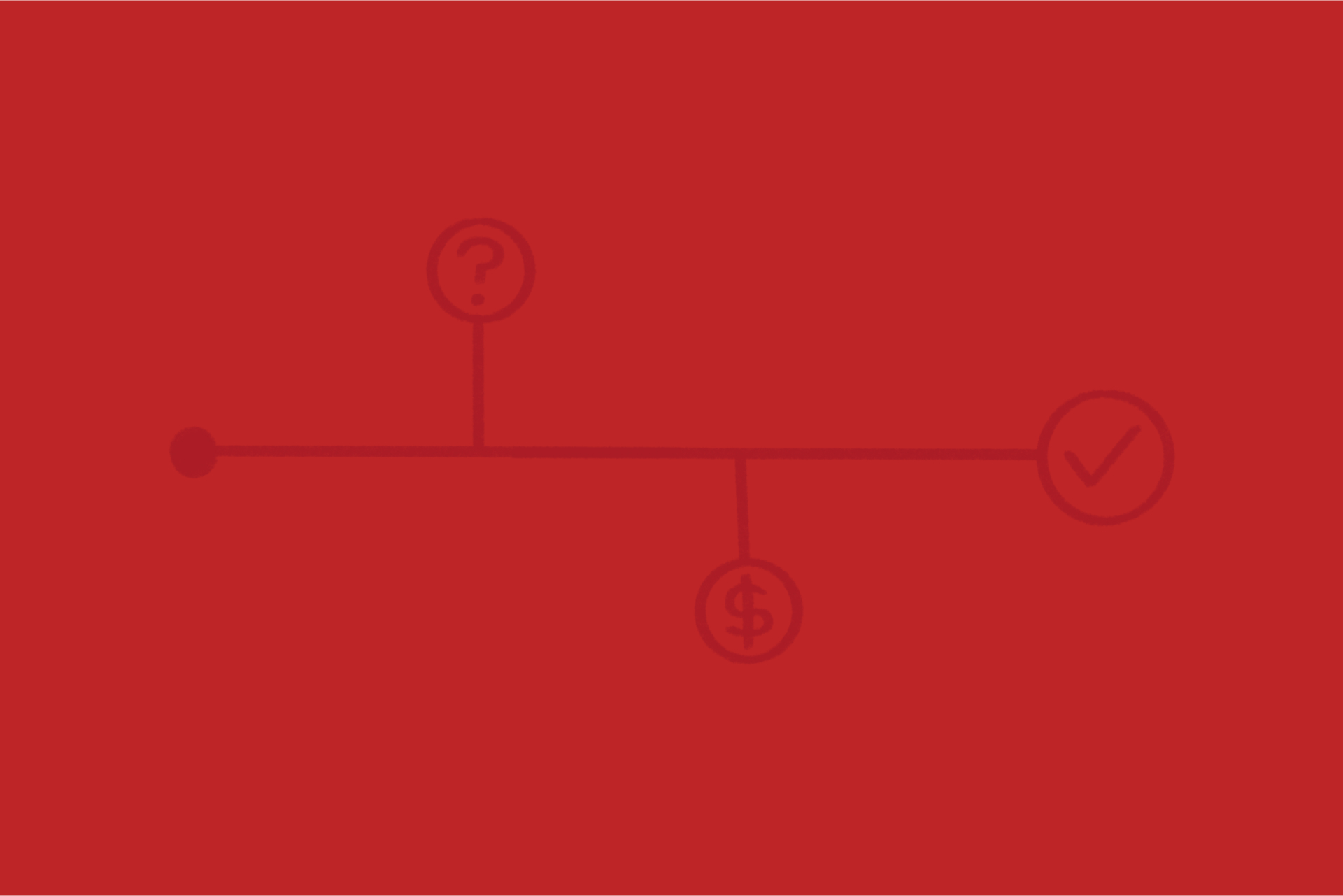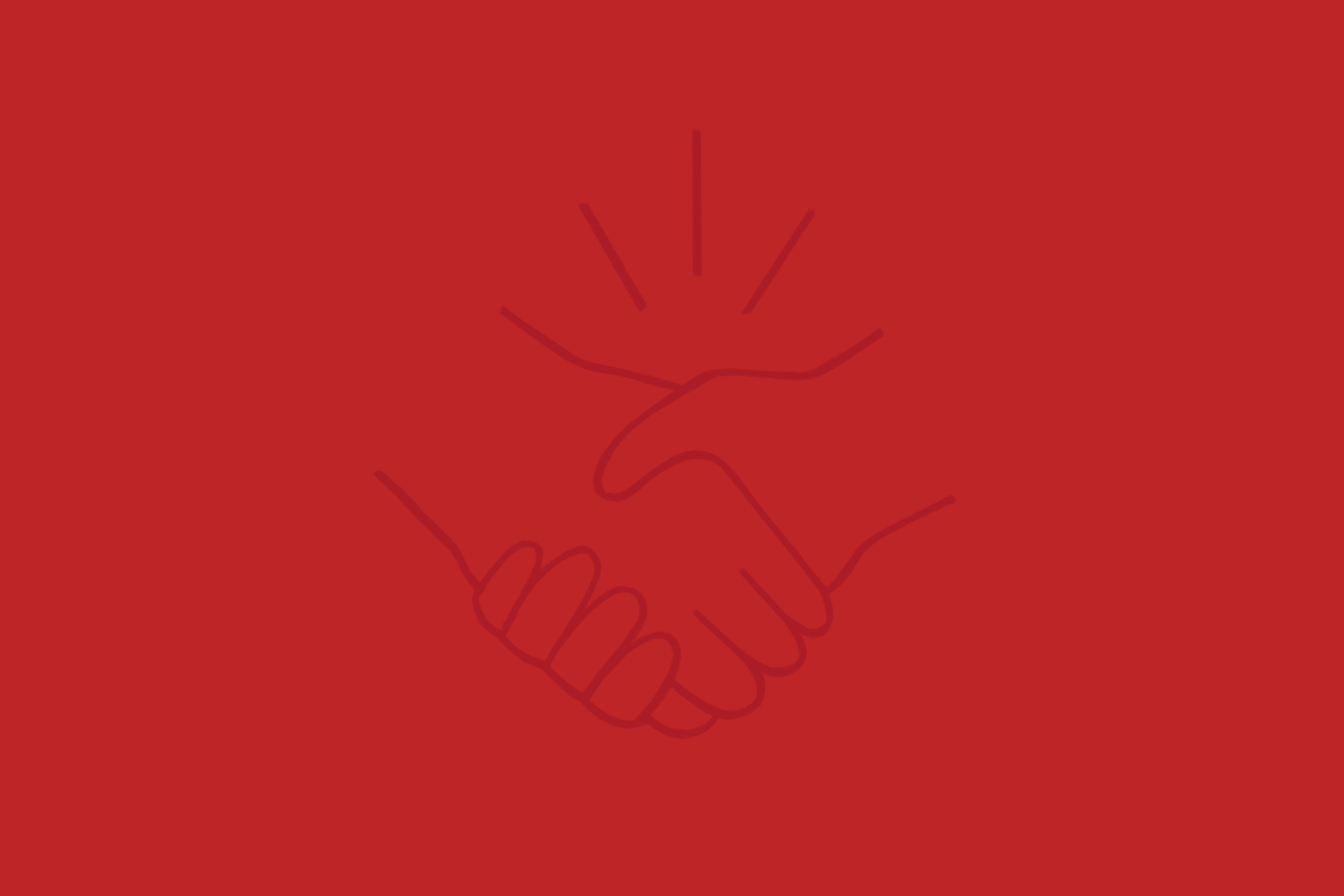How IKEA Retail (Ingka Group) Built their Global Design Team
The challenge: Scaling a design team is a monumental challenge—especially when the company is undergoing a major digital transformation. In this episode, Timothy Embretson, VP of Experience Design at Ingka Group (IKEA’s largest franchisee), shares his journey of building a global design team of 300 people from the ground up. Through candid insights into leadership strategies, team-building, and fostering innovation, Timothy explains the key principles that guided this transformation.
Key Takeaways:
- Proactivity is a critical trait to look for in design talent.
- Empathy, not only for the users but for the organization, is essential in building strong teams.
- Diversity and inclusion are vital drivers of innovation.
🎧 Listen to the Humans First episode to hear the whole conversation.
Building a Global Design Team: Key Leadership Strategies
Timothy Embretson’s leadership at IKEA’s Ingka Group is a model for scaling high-performance teams in complex, global environments. When he joined IKEA, the design team was just 10 people. Today, it’s a network of 300 designers across multiple continents.
Proactive Leadership
One of the hallmarks of Timothy’s leadership is his emphasis on proactivity. In today’s fast-moving business world, waiting for opportunities to come to you is no longer an option. Leaders must anticipate needs and take action before being asked. Timothy explains how he fostered this proactive mindset within his design teams.
Key points about proactive leadership:
- Look for opportunities before they’re assigned.
- Anticipate challenges and address them early.
- Empower teams to make decisions and act independently.
Timothy often shares examples from his own experience, such as restructuring the design organization at IKEA without being explicitly asked. This proactive approach ensured that the team was prepared to support IKEA’s ambitious goals, including becoming a global leader in human-centric technology.
Empathy for Both Users and the Organization
Designers often talk about the need for empathy with users, but Timothy takes it a step further. He stresses the importance of empathy for the organization—especially in early-stage or transformation-driven teams. Understanding the unique challenges and opportunities within an organization is vital to crafting designs that truly support business goals.
Empathy can be applied in two major ways:
- For the end user: Understanding the emotional and practical needs of users leads to more impactful design.
- For the organization: Designers must learn how to navigate internal dynamics, often in environments where design is still evolving.
By fostering empathy, Timothy’s team built trust with other departments, ensuring design wasn’t just seen as “making things look pretty,” but as a strategic asset aligned with business outcomes.
Go deeper: Build empathy for your organization’s current design maturity
Diversity: A Catalyst for Innovation
One of the key themes in Timothy’s leadership is the role of diversity in fostering innovation. IKEA’s design team spans multiple countries, cultures, and professional backgrounds. Timothy believes that true innovation comes when teams bring diverse perspectives to the table.
IKEA’s approach to team-building goes beyond just hiring for skill. The company actively looks for individuals from a variety of backgrounds, including those with non-traditional career paths. This diversity enables IKEA to design products and experiences that are relevant to a broader audience.
Diversity at IKEA includes:
- Cultural diversity: Team members from dozens of countries around the world.
- Professional diversity: Designers with backgrounds in engineering, marketing, architecture, and even law.
- Experience diversity: From entry-level talent to those with decades of experience.
This diverse team of designers brings unique insights to IKEA’s products and services, ensuring the company remains at the forefront of innovation in the home furnishings industry.
Inclusive Design: Meeting the Needs of a Global Audience
IKEA is also embedding inclusive design into its team structure, with dedicated teams focused on accessibility, equity, and inclusive design research. This commitment ensures that IKEA’s products and services are not only innovative but also accessible to all customers, regardless of ability or background.
The Role of Human-Centric Design in Digital Transformation
IKEA’s digital transformation is rooted in the vision of human-centric technology—an approach that places the needs of the customer at the center of all design decisions. By creating seamless, intuitive experiences for customers, IKEA is poised to continue its growth into the future.
Timothy explains that one of the key factors driving IKEA’s digital success is the ability to bridge the gap between cutting-edge technology and real-world human needs. As part of this transformation, IKEA’s design team works on both immediate product launches and long-term innovation initiatives to ensure they remain competitive in an increasingly digital world.
Conclusion: Leadership, Diversity, and Human-Centric Design
Timothy Embretson’s leadership at IKEA offers a powerful example of how organizations can scale and thrive in today’s fast-paced business landscape. His focus on proactivity, empathy, and diversity has helped build a world-class design team that drives IKEA’s digital transformation.
As organizations look to build their own design teams, there are several key lessons to take away:
- Proactivity is essential in identifying and addressing opportunities before they arise.
- Empathy—both for the users and the organization—helps ensure designs support business goals.
- Diversity and inclusion drive innovation and allow companies to create solutions for a wider audience.
By focusing on these principles, organizations can create teams that not only meet customer expectations but also push the boundaries of what’s possible in design and innovation.
We’re so thankful for the opportunity to learn from Timothy Embretson. We work with organizations like his, looking to scale their design teams and increase design maturity for their companies—we’d love to meet you.













